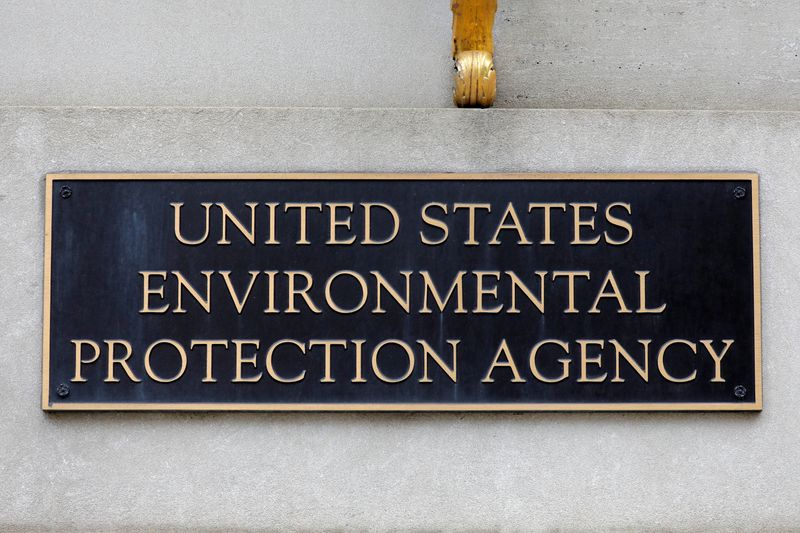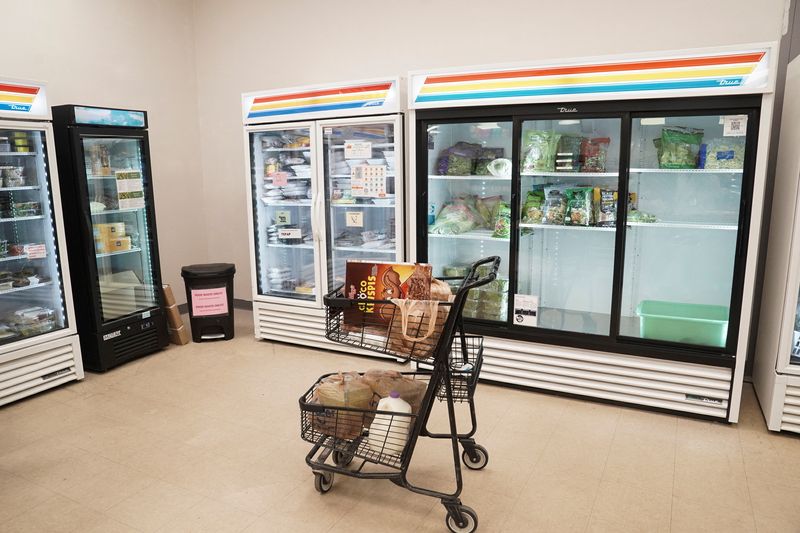By Timothy Gardner
WASHINGTON (Reuters) -The Biden administration issued a final rule on Tuesday phasing down the use of gases known as hydroflourocarbons, or HFCs, used in refrigerators and air conditioners, in its latest step to curb emissions that cause climate change.
The final rule implements a 40% reduction in use of HFCs below historic levels from 2024 to 2028, the Environmental Protection Agency said. It builds on a 10% phase-down implemented for 2022 and 2023.
HFCs are also used in aerosols, and foam products. Their climate impact can be hundreds to thousands of times greater than the same amount of carbon dioxide.
The rule aligns with the bipartisan 2020 American Innovation and Manufacturing Act to reduce the production and consumption of climate-damaging chemicals by 85% by 2036, the EPA said.
"The U.S. HFC phase-down program, bolstered by domestic innovation to develop alternative chemicals and equipment, is paving the way for the United States to tackle climate change and strengthen global competitiveness," Joe Goffman, an EPA air and radiation official, said in a statement.
The phase-down is part of a set of Biden administration rules, which also tackle power, vehicle emissions and the greenhouse gas methane. The overall impact is expected to reduce the equivalent of 15 billion metric tonnes of greenhouse gas emissions between 2022 and 2055, EPA administrator Michael Regan has said.

The EPA regulates the use of HFCs through an allowance allocation program and enforcement mechanisms. Industry needs allowances, the number of which are gradually reduced, to import and produce HFCs.
This year, the EPA plans two more regulatory steps. The first will restrict use of HFCs to ease transitions to alternative chemicals, and the second will be a proposed rule establishing requirements for the management of HFCs and HFC substitutes in air conditioners and other equipment.
